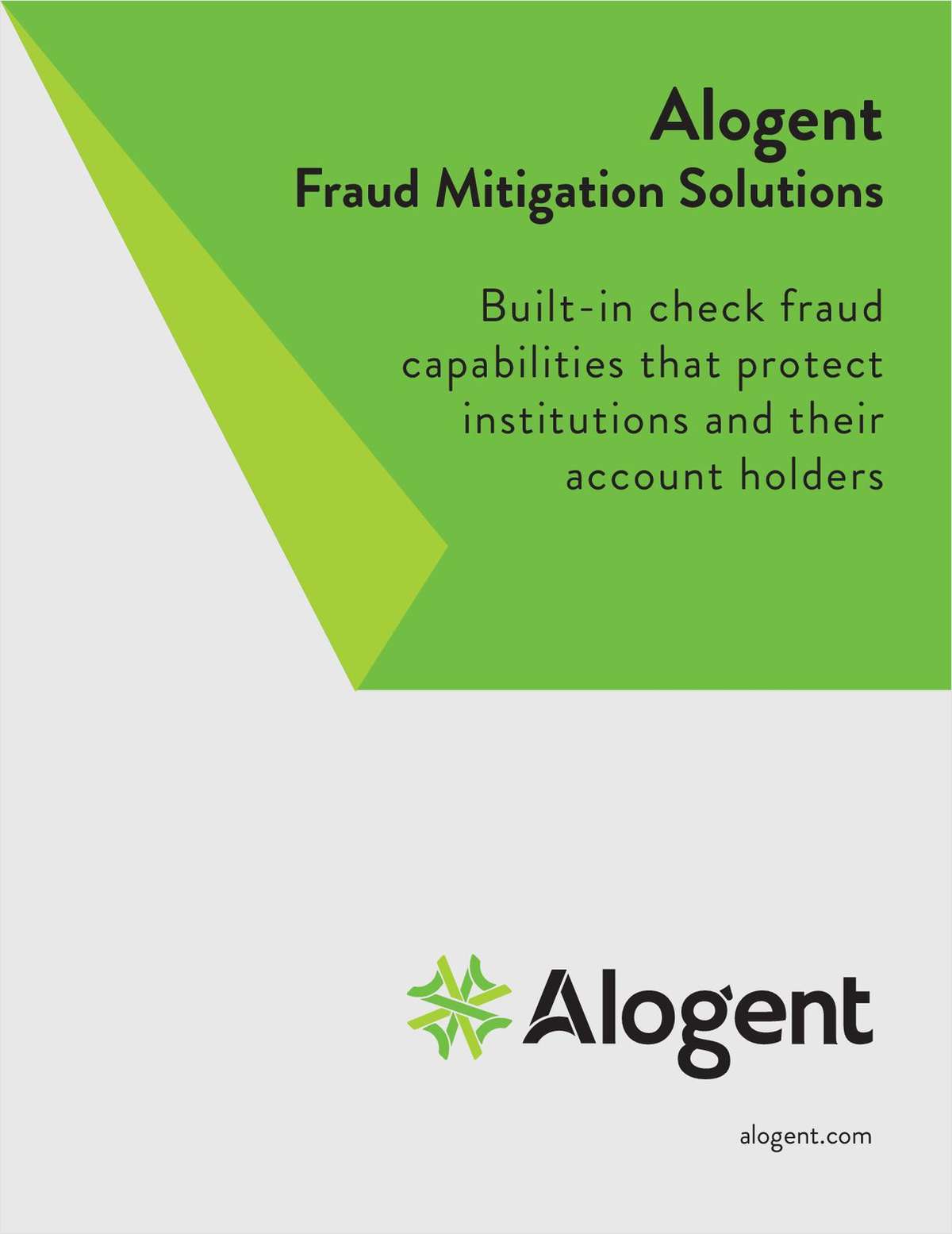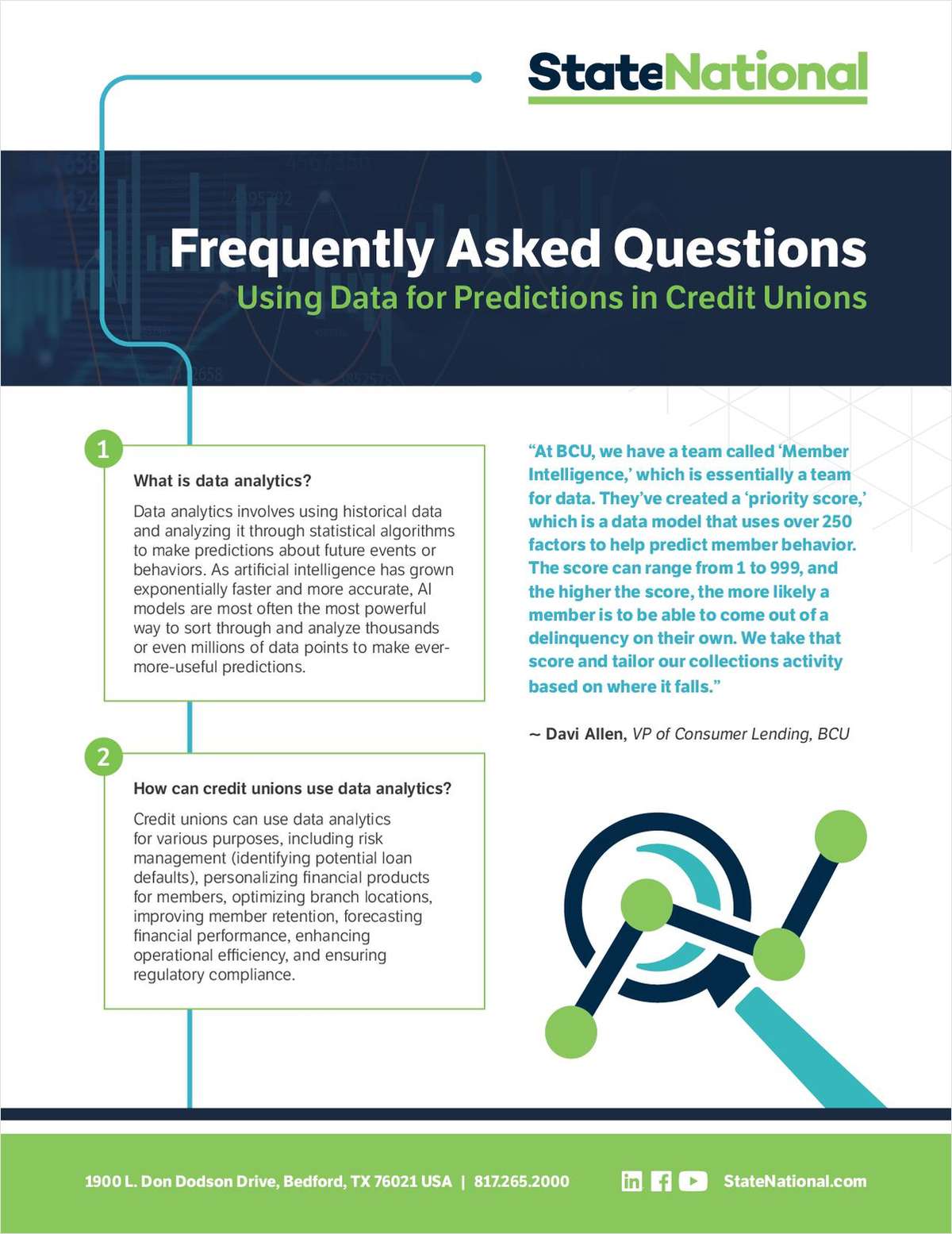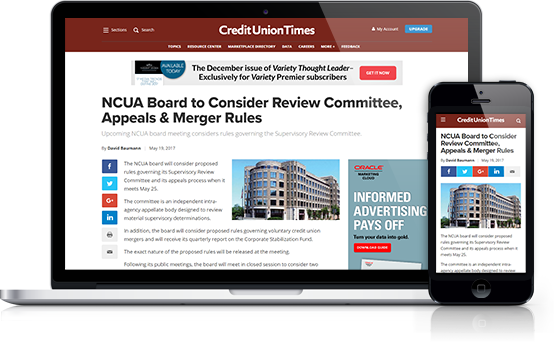unions hope NCUA's recent guidance to examiners about low-income services and CDCU operations and issues will help them get some of the respect from the agency that many have long felt they are due.
Many federation members have felt that NCUA examiners have not really understood how they operate or their unique issues, explained Cliff Rosenthal, CEO of the National Federation of Community Development Credit Unions, the industry association of CDCUs that has long lobbied the NCUA on CDCU issues.
"We are pleased NCUA has appeared to have heard the voices of CDCUs," in the production of the document, Rosenthal said, "but we are waiting to see how the agency implements it."
Complete your profile to continue reading and get FREE access to CUTimes.com, part of your ALM digital membership.
Your access to unlimited CUTimes.com content isn’t changing.
Once you are an ALM digital member, you’ll receive:
- Critical CUTimes.com information including comprehensive product and service provider listings via the Marketplace Directory, CU Careers, resources from industry leaders, webcasts, and breaking news, analysis and more with our informative Newsletters.
- Exclusive discounts on ALM and CU Times events.
- Access to other award-winning ALM websites including Law.com and GlobeSt.com.
Already have an account? Sign In
© 2024 ALM Global, LLC, All Rights Reserved. Request academic re-use from www.copyright.com. All other uses, submit a request to [email protected]. For more information visit Asset & Logo Licensing.









